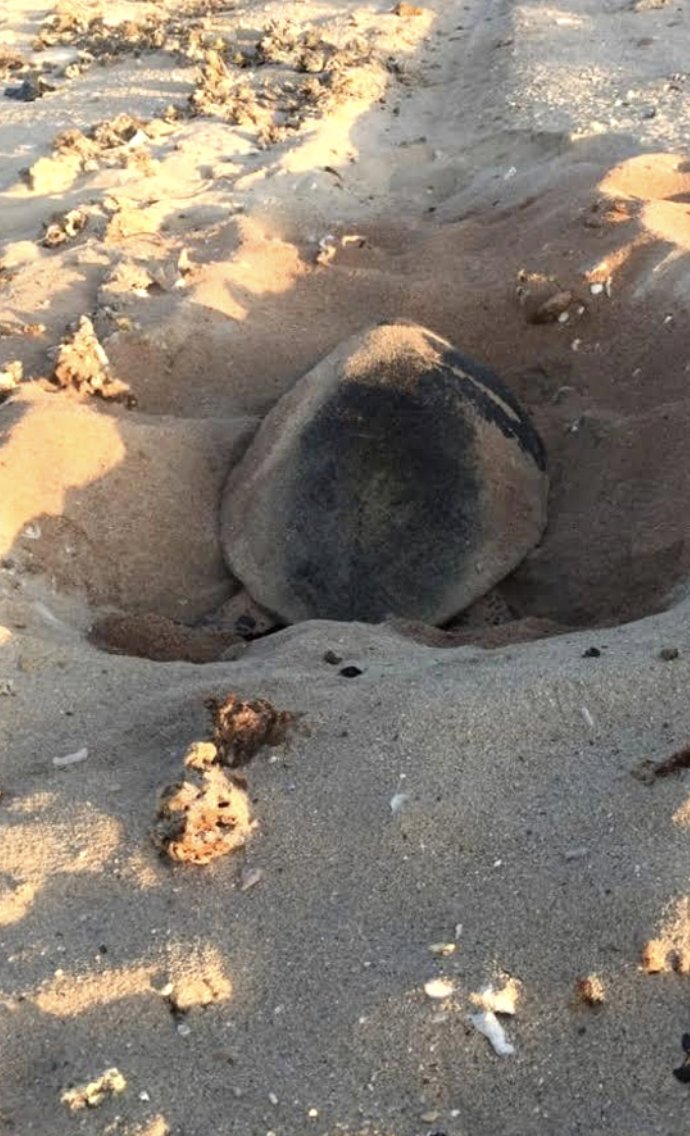The countrywide lockdown has pushed us indoors and turned the empty roads outside into a vast national park, where wild animals are roaming freely with least human intervention. While the coronavirus scare has got all of us captivated, it has literally given a new lease of life to these gorgeous creatures. Here is a list of a few rare animals that have been spotted in the UAE during these quarantine days.
1. Cownose Rays At Business Bay
A video captured by Alain shows Cownose rays surfacing in the Dubai waters. Cownose are a type of stingray named after the shape of their head. They are active swimmers and are rarely found lying motionless.
Cownose rays at Business Bay, Dubai. Thank you to Alain for the video.
Cownose rays are a type of stingray and are named after the shape of their head. Cownose rays are active swimmers and are rarely found lying motionless. pic.twitter.com/RrpiDilyvo
— Azraq (@AzraqME) April 4, 2020
2. Gazelles Roam The Dubai Streets
Gazelles were spotted taking a jolly stroll along the streets of Dubai as people stay inside due to coronavirus pandemic.
Two species are prevalent in the UAE, the Mountain Gazelle which are found primarily in mountainous areas and on gravel plains, and the Arabian Sand Gazelle or Reem Gazelle, like the kind seen in the pictures.
https://www.instagram.com/p/B-aS6XJl0k_/?utm_source=ig_web_copy_link
3. Turtles At Sir Bu Nair Island
About 63 Hawksbill turtle nests were spotted at the Sir Bu Nair Island Reserve in Sharjah. The turtles reportedly arrived on 12th March and are expected to lay their eggs until the end of May, said the Sir Bu Nair Marine Research Centre of the Environment and Protected Areas Authority in Sharjah.
What Else?
The global pandemic has led to a host of problems across the globe. However, amidst all the chaos, the #stayhome measure has improved the air quality in the UAE and other wider regions in the Middle East.
Satellite data from Nasa show that lower traffic in the cities has led to pollution levels dropping in the UAE and other regions in the Middle East. Residents have remained confined to their homes and this has in turn reduced the level of nitrogen dioxide- a harmful pollutant. The decrease in pollution levels can be seen on Nasa’s Worldview map. Paul Monks, professor of atmospheric chemistry at the University of Leicester in the United Kingdom, mentioned that reduction in activity in many parts of the world is happening at an“unimaginable in scale”.

“If we were to move to a low-carbon economy, we would achieve these sorts of gains. That’s what air pollution could look like in future”, he added. Prof Monks further added that people could take some lessons from the current crisis, especially about how they choose to work.
Increasing teleconference calls rather than face to face meetings is one way to reduce traffic. This, in turn will curb production of nitrogen dioxide,- a gas that can lead to respiratory damage, leading to people becoming victims of infections. Furthermore, introducing electric vehicles and zero-carbon or low-carbon power generation is also a means to reduce pollution over long term.
First Published: April 13, 2020 3:52 PM




